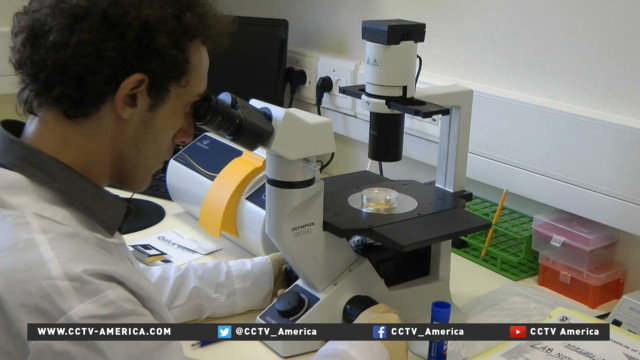What happens when stem cell technology meets 3-D printing? If you’re in Israel, it means artificial body parts. That is the vision of two Israeli-based companies, Nano Dimension and Accellta, which aim to print 3-D human organs.
CCTV’s Stephanie Freid reports.

Need a new kidney? No problem. Just print one. The concept isn’t quite that easy, but the goal is to create 3-D organs, using printers specifically adapted to organ and tissue reproduction.
“You have to print the cell in an ink — in what we call bio-inks. These inks have to keep the cells alive. They have to allow you to build an object. And the magic, when printing with stem cells, is that they can be guided to differentiate in such a way that they can become any cell in the human body,” Simon Fried, CBO of Nano Dimension, said.
The two companies have combined precision printing with quality stem cell manufacturing, both at a cost around 10 times lower than the current market rates.
Recently, they succeeded in printing human tissue, after working together for only six months.
“The possibility of creating organs that could be used for regenerative medicine to replace defective organs would enable to change a liver, a heart, a failing kidney — would completely change the current status where many patients are waiting for organ transplantation,” Dr. Itzchak Angel, CEO of Accellta, said.
Pharmaceutical companies could also use 3-D printed tissue for drug testing, which would allow the phasing out of animal testing and eliminate the risks associated with human trials.
The two companies said it will be at least a year before they print actual organs.
Earlier this month, Nano Dimension filed a patent request with the U.S. Patent and Trademark office for 3-D stem cell printing.
 CGTN America
CGTN America

